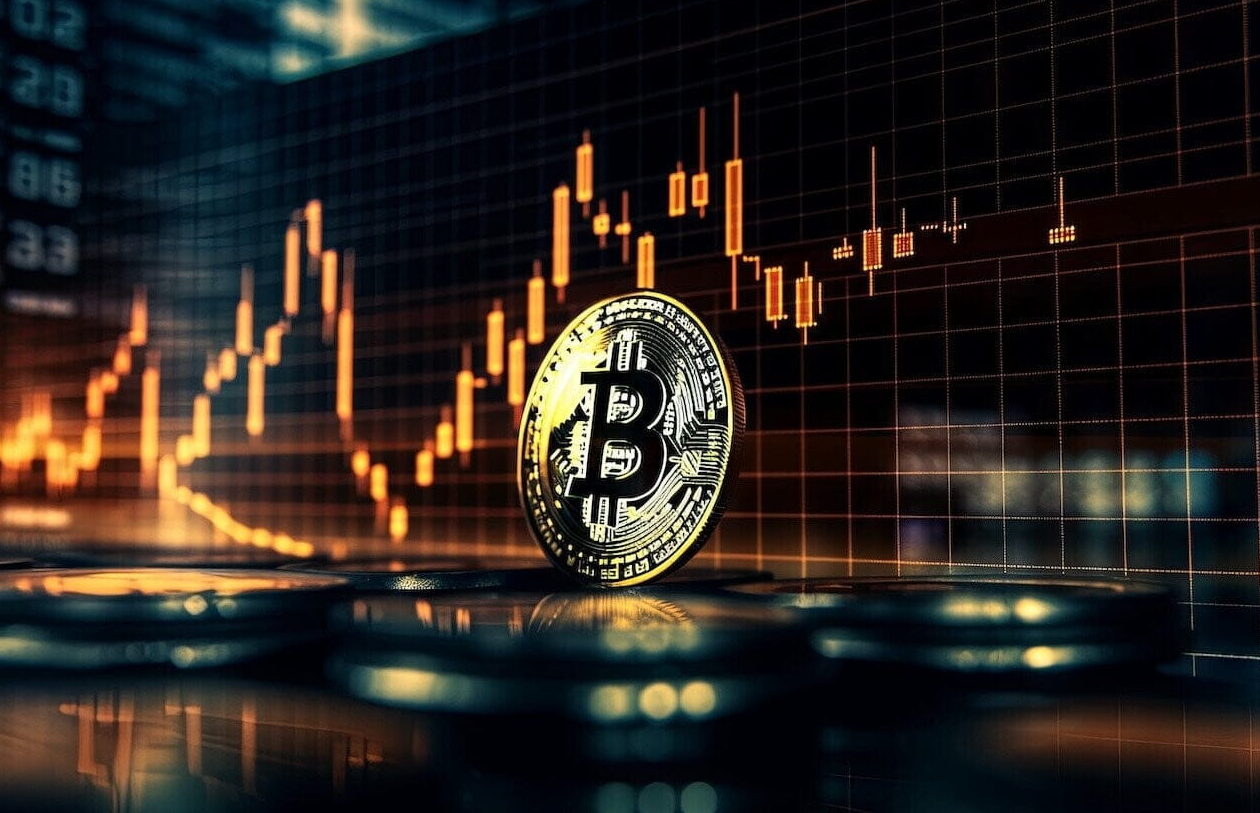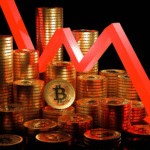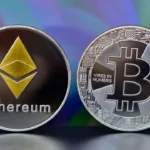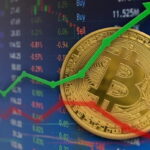Since the launch of Bitcoin in 2009, trading the coin has developed somewhat differently. Bitcoin dominates the digital asset industry in 2025, serving both as a distributed store of value and as a heavily traded financial instrument. Rising institutional use, changing rules, and sophisticated trading tools all help to explain why Bitcoin trading is currently more complicated than it has ever been. Both new and experienced traders depend on an awareness of the special market characteristics of Bitcoin. Ensuring comprehensive knowledge of the topic, this essay investigates the mechanics of Bitcoin Trading, stresses strategic approaches, analyses the regulatory environment, and provides ideas on future trends.
Bitcoin Trading and Price Drivers
Trading Bitcoin is purchasing and selling BTC to profit from price swings over several timeframes. Unlike conventional stocks, Bitcoin moves on a distributed network, and its market never closes. To place market or limit orders, track price charts, and handle their positions, traders engage with bitcoin exchanges including Binance, Coinbase, and Kraken.
A confluence of elements determines the price of the Bitcoin market mood, supply and demand, institutional engagement, macroeconomic trends, and geopolitics. Moreover, since Bitcoin is limited to 21 million coins, scarcity is a major component of its perceived value, which in turn adds to its volatility and attraction to speculative traders.
Bitcoin Trading Strategies Explained
Bitcoin traders use several risk-management and profit-maximizing strategies. These methods range from buy-and-hold to algorithmic trading. A prevalent strategy among individual investors is dollar-cost averaging (DCA), which involves buying a set amount of Bitcoin at a regular time regardless of price. This strategy lowers market timing risks and manages price volatility. Active traders fit swing and day trading.
Technical analysis using moving averages, RSI, Fibonacci retrace levels, and candlestick patterns dominates these methods. These strategies allow traders to predict entry and exit positions using past price movements. Riskier options include futures and margin trading. These let users magnify their positions, frequently resulting in large gains or losses. BitMEX and Bybit offer liquidation risk and position management services, but they require expertise.
Institutional Adoption of Bitcoin
Trading Bitcoin goes beyond early adopters or tech-savvy people now. Institutional participation has provided the market with increased space, liquidity, and credibility. Companies including MicroStrategy, Tesla, and Square have set Bitcoin into their treasuries; investment companies including BlackRock and Fidelity have developed products connected to Bitcoin.
Furthermore, the emergence of Bitcoin ETFs (Exchange-Traded Funds) in markets such as the United States and Canada is providing traditional investors with simpler access to Bitcoin exposure. By bridging the gap between conventional finance and digital assets, these tools help further blur the barrier separating institutional from speculative interest.
Bitcoin Regulation and Compliance
While Bitcoin remains unregulated, its trading operations are subject to regulation. Countries like the US, the EU, and Japan have laws protecting users, combating money laundering, and regulating bitcoin exchanges. The US Securities and Exchange Commission (SEC) and Commodity Futures Trading Commission (CFTC) define Bitcoin’s classification and supervise related financial products. JPMorgan, Goldman Sachs, and others now offer crypto-related services under regulatory guidance. Regulatory clarity reduces uncertainty but may hinder creativity. Better, safer systems and less market manipulation and fraud benefit traders.
Modern Bitcoin traders use various tools to understand and trade the market. TradingView charts provide community insights, real-time data, and custom indicators. However, on-chain analytics from Glassnode and IntoTheBlock offer more details about wallet usage, transaction volume, and miner behaviour. AI-powered bots and algorithmic trading systems can assess market conditions and execute transactions in milliseconds.
 Quantitative traders, who base their decisions on mathematical models rather than intuition, seek these instruments. Retail investors may buy, sell, and track Bitcoin on the go via Coinbase, Binance, and eToro mobile apps. Push notifications, integrated wallets, and biometric security boost use and safety.
Quantitative traders, who base their decisions on mathematical models rather than intuition, seek these instruments. Retail investors may buy, sell, and track Bitcoin on the go via Coinbase, Binance, and eToro mobile apps. Push notifications, integrated wallets, and biometric security boost use and safety.
Trading bitcoin is not done in a vacuum. The rising relevance of Bitcoin as a digital hedge has come from global inflation tendencies, monetary policy, and devaluation of currencies. The fixed quantity of Bitcoin and its distributed system attract individuals seeking alternative repositories of value, especially as fiat currencies become increasingly vulnerable to quantitative easing and geopolitical unpredictability.
Developing nations have embraced Bitcoin as a way to escape capital restrictions or protect against local currency devaluation. Peer-to-peer Bitcoin trade sites have witnessed notable expansion in nations including Venezuela, Nigeria, and Argentina.
Future-wise, Bitcoin trading is probably going to get much more entwined with the worldwide financial system. Tokenised assets, distributed finance (DeFi) systems, and cross-chain interoperability are transforming digital asset exchanges. Furthermore, addressing long-standing scalability concerns is developments like the Bitcoin Lightning Network, which makes microtransactions more sensible and effective.
Furthermore, while they coexist with Bitcoin, central bank digital currencies (CBDCs) are centralised and controlled, unlike Bitcoin. This difference might increase the attraction of Bitcoin as a neutral, censorship-free asset. Bitcoin might change from a speculative asset to a fundamental component of diverse investment portfolios as institutions extend their involvement and regulatory clarity improves.
Final Thoughts
An expanding field combining market psychology, financial strategy, and technology innovation is bitcoin trading. Navigating this fast-paced ecosystem requires knowledge of the mechanics, techniques, and hazards regardless of experience level as a trader or interested novice. Bitcoin stays front and first as global markets change and digital assets go mainstream, challenging conventional ideas of value and providing fresh horizons for financial opportunity.









